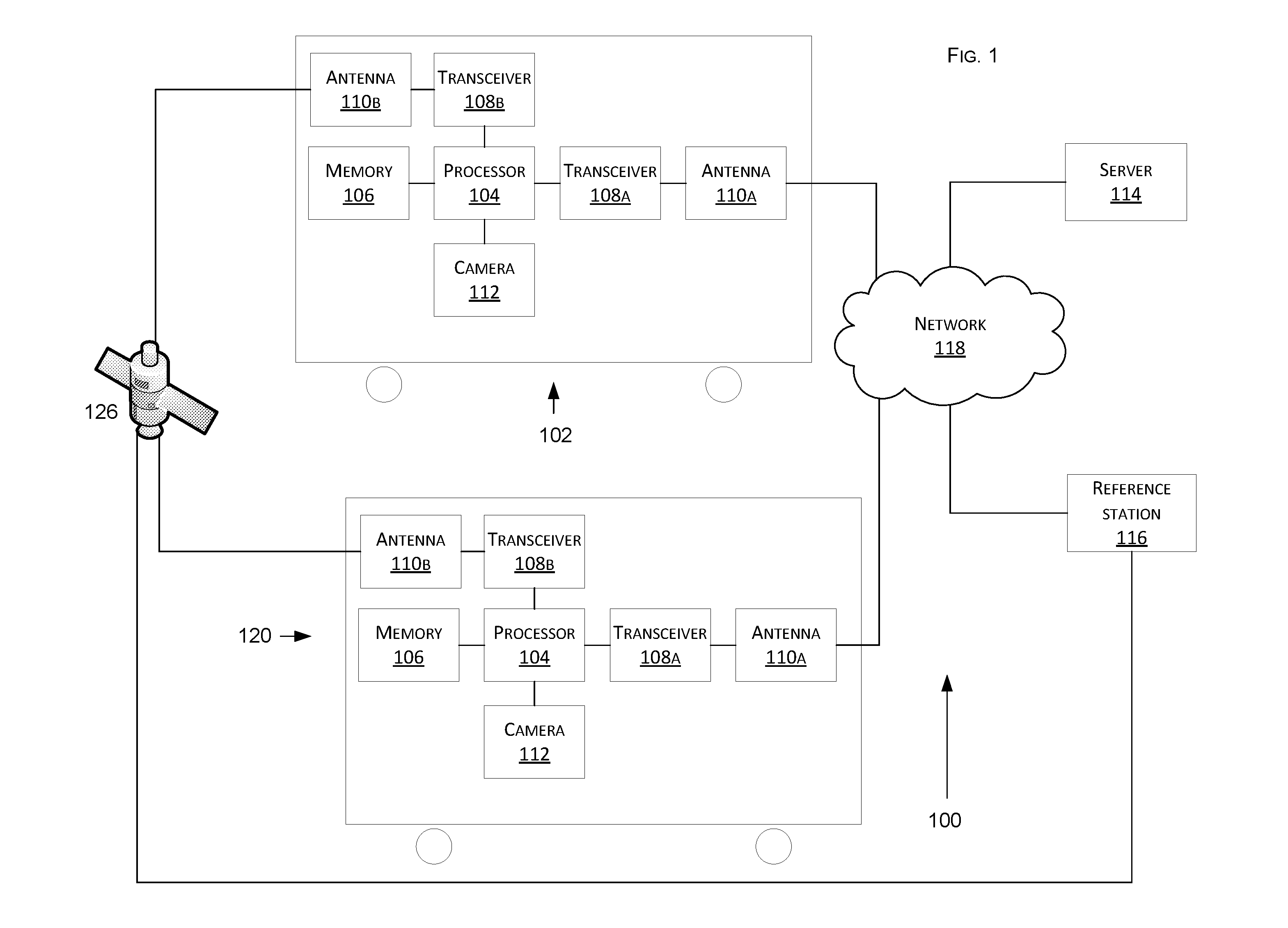
As Tesla works on developing its full self-driving suite, the electric car maker seems to be developing a software that aims to use other vehicles on the road as Earth-based GPS satellites. Such a system would allow Tesla to improve its fleet’s positioning accuracy, even in areas where GPS signals are usually compromised.
Tesla noted in its patent’s background that while GPS signals from space-based satellites are invaluable, factors such as satellite geometry, signal blockage, ionospheric perturbation, and atmospheric conditions, among others, can affect the accuracy of a GPS receiver. With this in mind, there is a need to develop a system that vastly improves location accuracy, mainly as it would be utilized extensively by full self-driving vehicles.
In true Tesla fashion, the electric car maker has outlined a rather clever a solution in a recently published patent. The document, titled “Technologies for Vehicle Positioning,” describes a software that allows vehicles to send signals and positioning data to each other. This allows the cars to function much like Earth-based GPS satellites, feeding positioning information to other vehicles on the road. Tesla notes in its patent that the software is flexible, being capable of operating via at least one network protocol, such as Ethernet, a Transmission Control Protocol (TCP)/lnternet Protocol (IP), or others.

Such a system would enable Tesla’s fleet of vehicles, particularly those that are equipped with Full Self-Driving hardware, to navigate areas where GPS signals are naturally weak. Based on the patent’s description, the system is designed to be used by both individual and whole fleets of cars, as it taps into the capabilities of vehicles’ suite of sensors, including cameras, radar, ultrasonics, and similar technologies.
“Generally, this disclosure discloses a technology for improving positioning accuracy despite the factors (such as satellite geometry, signal blockage, ionospheric perturbation, atmospheric conditions, or others) that can affect the signals from the navigation satellites. The inventions increase such positioning accuracy via determining an offset and communicating the offset in various ways, or via sharing of raw positioning data between a plurality of devices, where at least one knows its location sufficiently accurately, for use in differential algorithms.”
Tesla’s patent also made it clear that the GPS positioning software being developed can also function well on cars produced by legacy carmakers and rival startup EV companies. Following are a couple of sections in the recently-published patent outlining this point.
“The power source (of the system) includes a battery, which is rechargeable. However, an internal combustion engine is possible, in which case the power source includes a fuel tank hosted via the chassis and coupled to the internal combustion engine. The power source is coupled to the drive source such that the drive source is powered thereby.
“The processor may be programmed to apply digital signal processing (DSP), machine learning and other relevant techniques, such as via using code stored in the memory, that are capable of extracting useful information from various noise levels. In some embodiments, the radar includes a lidar, which employs ultraviolet, visible, or near infrared light from lasers in addition to, or as an alternative to, the radio wave. The lidar can be used in detecting objects in the proximity of at least one of the vehicles or the vehicle.”
Tesla’s references to the internal combustion engine and vehicles equipped with LiDAR might seem a bit out of place in the company’s patent. Tesla, after all, does not produce cars that burn fossil fuels. CEO Elon Musk has also taken a publicly-known stance against the use of LiDAR for the development of Full Self-Driving systems. What then, could be a reason behind Tesla’s mention of these two details in its patent?
On the one hand, it could be assumed that Tesla is mentioning fossil fuel cars and LiDAR-equipped vehicles as a way to highlight the idea that its tech is unbounded. Thus, while Tesla might ultimately decide not to share its GPS positioning tech to rival carmakers, the company is nonetheless asserting the fact that its technology actually could work.
On the other hand, the software outlined in Tesla’s recent patent can also be one of the components that the company could utilize for the Tesla Network, an upcoming ride-sharing system expected to compete with giants such as Uber and Lyft. Being operated solely through self-driving vehicles, the Tesla Network would require hyper-accurate GPS data to work optimally. As such, systems like Tesla’s recent GPS positioning patent will undoubtedly be invaluable.
Read Tesla’s patent on vehicle positioning in full here.


